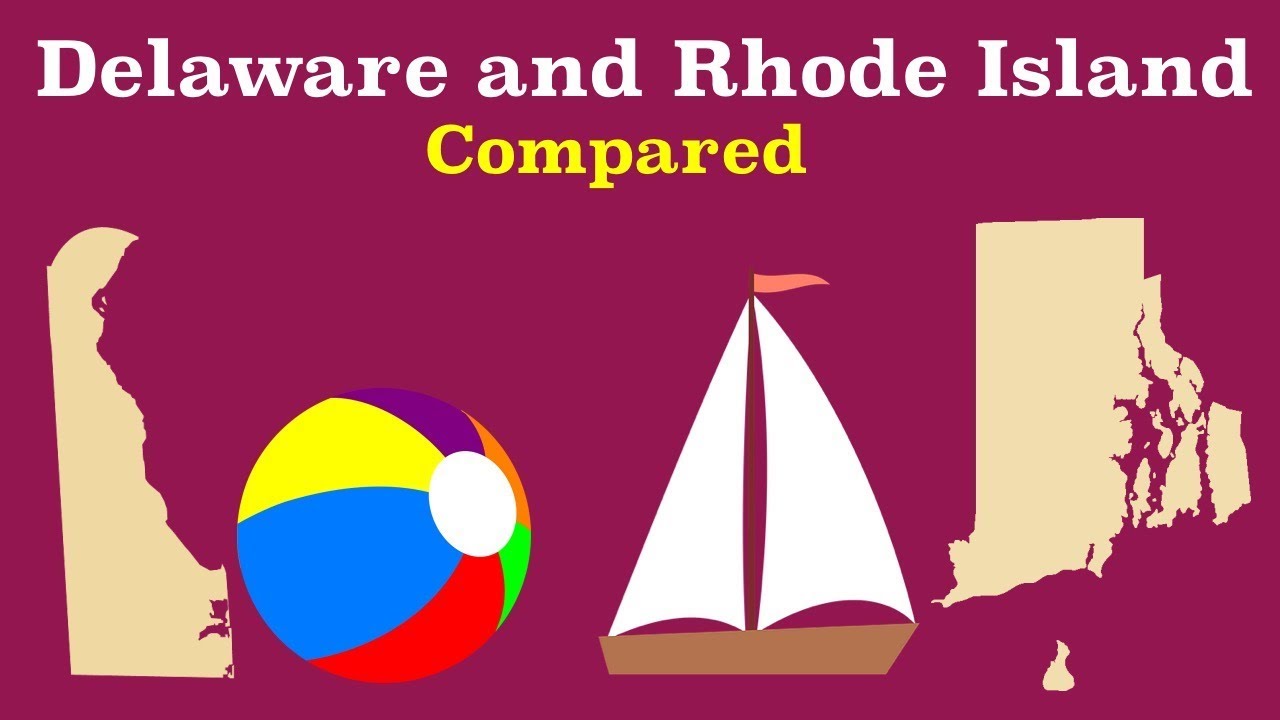Overview of Rhode Island’s Population
Rhode Island, the smallest state in the United States, has a population that has been steadily growing over the years. Known for its rich history, vibrant culture, and beautiful coastline, Rhode Island attracts both tourists and residents alike. Despite its small size, this state has a diverse population that contributes to its unique character.
Current Population Stats for Rhode Island
As of the latest census data available, the population of Rhode Island is estimated to be approximately 1.1 million people. This number represents a slight increase from previous years, indicating a positive growth trend for the state. The population density is one of the highest in the country, with about 1,033 people per square mile.
Demographic Breakdown of Rhode Island
Rhode Island boasts a diverse population in terms of race and ethnicity. According to recent data, the largest racial group in the state is White, comprising around 75% of the population. The remaining 25% is comprised of various other racial and ethnic groups, including Hispanic or Latino, African American, Asian, and Native American.
Historical Population Trends in Rhode Island
Rhode Island’s population has seen fluctuations throughout its history. In the early 20th century, the state experienced a significant increase in population due to industrialization. However, in the mid-20th century, Rhode Island faced a decline in population as many residents moved to suburban areas. Since then, the population has been steadily increasing, albeit at a slower pace.
Factors Influencing Population Growth in Rhode Island
Several factors contribute to the population growth in Rhode Island. One key factor is the state’s attractive job market, which has led to an influx of professionals seeking employment opportunities. Additionally, Rhode Island’s renowned universities and colleges attract students from around the country and the world, contributing to the state’s population growth.
Forecasted Population Projection for Rhode Island
Based on current trends, experts predict that Rhode Island’s population will continue to grow in the coming years. However, the growth rate is expected to remain modest compared to other states. The projected population growth is attributed to factors such as increased job opportunities, quality of life, and the state’s efforts to attract businesses and investors.
Comparing Rhode Island’s Population to Other States
When comparing Rhode Island’s population to other states, it is important to consider its size. While Rhode Island may have a smaller population compared to larger states, it has a higher population density. In terms of population ranking, Rhode Island is among the smallest states in the nation.
Urban vs. Rural Population in Rhode Island
The majority of Rhode Island’s population resides in urban areas. Cities such as Providence, Warwick, and Cranston are the most densely populated. However, the state also has rural areas, particularly in the western and southern parts, where the population is sparser. The urban areas attract residents due to their proximity to amenities, employment opportunities, and cultural attractions.
Population Density in Rhode Island
Rhode Island is known for its high population density. With approximately 1,033 people per square mile, it ranks as the second most densely populated state in the country, just behind New Jersey. The compact size of the state, along with its urban areas, contributes to this high population density.
Impact of Population Growth on Rhode Island’s Economy
Population growth has a significant impact on Rhode Island’s economy. As the population increases, so does the demand for goods and services. This drives economic growth and creates job opportunities. Additionally, a growing population can attract businesses and investors, leading to further economic development and prosperity for the state.
Strategies to Manage Rhode Island’s Growing Population
To manage the growing population, Rhode Island needs to focus on various strategies. Improving infrastructure, including transportation systems and housing, is crucial to accommodate the increasing population. Investing in education and workforce development programs can ensure that the state’s residents have the necessary skills to meet the demands of a growing economy. Furthermore, implementing sustainable and responsible urban planning can help balance population growth with environmental preservation. By adopting these strategies, Rhode Island can effectively manage its growing population while maintaining its unique character and quality of life.





